Lindsay Marshall, Board Trustee, Center for Plant Conservation
Sometimes an idea needs a champion. And that is just what Lindsay Marshall was – a champion for the idea of CPC using advocacy as a tool to save plants. Lindsay brought her experience, expertise and enthusiasm for advocacy to the CPC Board of Trustees. She has gently guided and prodded the organization into realm of sharing our voice on behalf of plants on Capitol Hill. CPC AND the plants are better off because of it. Lindsay Marshall is truly a Conservation Champion.
When did you first fall in love with plants?
Both my mother and my grandmother had gardens. The fig tree in my grandmother’s backyard was a favorite. I fell in love with native plants when I started my native plant pollinator garden amongst the yard solar panels installed for powering my guesthouse. It was at a time when I decided to really put into action all the things I had been talking about for years – watering from a rain barrel, using natives, getting solar… doing it all! I loved the process and the balance of it all, and I saw the value of native plants and pollinators. I could be an example for my children and friends.
What was your path to becoming a member of the CPC Board and working to conserve native plants?
Timing is everything. I had been interested in the regreening of concrete in cites, planting with native plants to replace gaps made by development and reinstitute green corridors. Through my Cherokee Garden Club in Atlanta, I volunteered with the City of Atlanta Parks and Recreation and other entities to work on a Beltline Park. I learned first-hand as we worked that native plants had the greatest chance of survival. People thought we were crazy at first, for replacing azaleas with natives. But the city realized the cost savings of lower maintenance and appreciated the results. The experience spurred my interest in natives. When that responsibility was coming to completion, I had just finished my term as National Affairs and Legislation Committee Chairman of The Garden Club of America (GCA). So when Peter Raven asked me to join CPC Board, the timing was right in terms of my interest, availability, and skills.
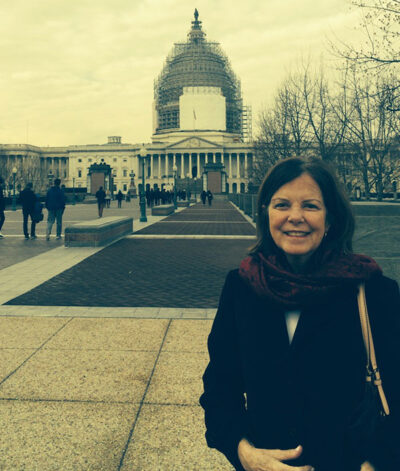
How did you first become involved in advocacy?
As a young physical therapist in Massachusetts in the ’70s, I recognized barriers to wheelchair mobility and obstacles to independence for handicapped people. Through the American Physical Therapy Association of Massachusetts, I and many others worked on sloped curbs to enable wheelchairs to cross streets – assets we now take for granted that were not available then. When I was teaching Physical Therapy in Maryland, I created an assignment asking my students to simulate being truly handicapped for a day and report how barriers prevent disabled people from navigating. Making the students aware was part of the education that I wanted them to have in their careers.
I’ve carried this sense of advocacy anywhere I’ve seen the need – certainly to environmental issues. The environment is intricately linked to human health, both mental and physical, though people don’t often think about it. You have to help them make the connection – make it mean something to them. I think now is a great time to help people make those connections. With the COVID-19 pandemic, people are itching to be outdoors. They appreciate the fresh air and serenity that plants and the great outdoors provide them.
What about working with plants has surprised you?
I cannot say there have been surprises, just learning opportunities. Through CPC, I have learned an amazing amount from botanists, plant conservationists, and botanical garden leaders that has energized me. I had always seen the value of saving species as very critical for our future. With increased knowledge, I became interested in trying to help in the effort.
Why do you think it is important to engage in plant conservation through policy and legislation?
Plants cannot speak for themselves, thus we are their voices. Imperiled plants need us. Without engaging in policy and legislation, we remain in silos with no voice. Human health is dependent on plants and animals, pollinators and birds. It is critical to affect legislation that furthers this interconnectivity to preserve a healthy environment. We elect our senators and representatives, but we also need to reach out to them. Often people are afraid to be involved in advocacy, and “politics” has so much negativism around it. But once people realize how easy it is to make contact with their representatives, they are likely to stay involved. It is up to all constituents to advocate for beneficial legislation and funding for what we feel is important.
To be effective, we should be informed, strategic, and focused. We need to know the legislation at hand and how it relates to our mission and goals.
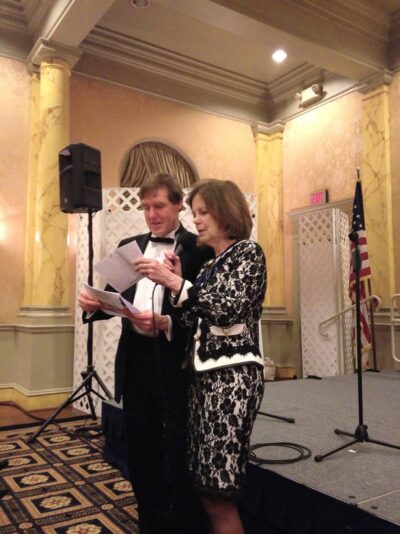
What do you see as your role in organizational advocacy?
I had many duties as chair of the National Affairs and Legislation Committee at GCA, but a lot came down to researching and getting information to our members for action. It takes a lot of time to stay aware of legislation and to know what to focus on – to know when a vote is happening, and what the obstacles might be to getting the votes. That’s something I took on with my committee members. Each year we held conferences to arm members with talking points and information they would need for visits to their officials in Washington. People are willing to go out there – citizen activism really works!
We can help with guiding their efforts. An issue has to mean something to the public for them to act, and we can show how the issue relates to them. With COVID-19, a lot of people are interested in health connections and being outdoors. CPC, with their advocacy committee, is now in a position to help take advantage of the moment to help plant conservation.
What current policies or approaches to conservation excite you the most?
The Botany Bill, the Great American Outdoors Act, and Invest in America Act are my current interests. The passing of the Great American Outdoors Act last month was a real win.
It has been exciting to watch advocacy within CPC and at gardens grow. When I first joined the board, there wasn’t much momentum in that area, though we did form a task force. With a full committee, we are now able to take on more – researching legislation and finding the bits that align with plant conservation. Focused advocacy is a critical part of achieving mission success for an organization like CPC.
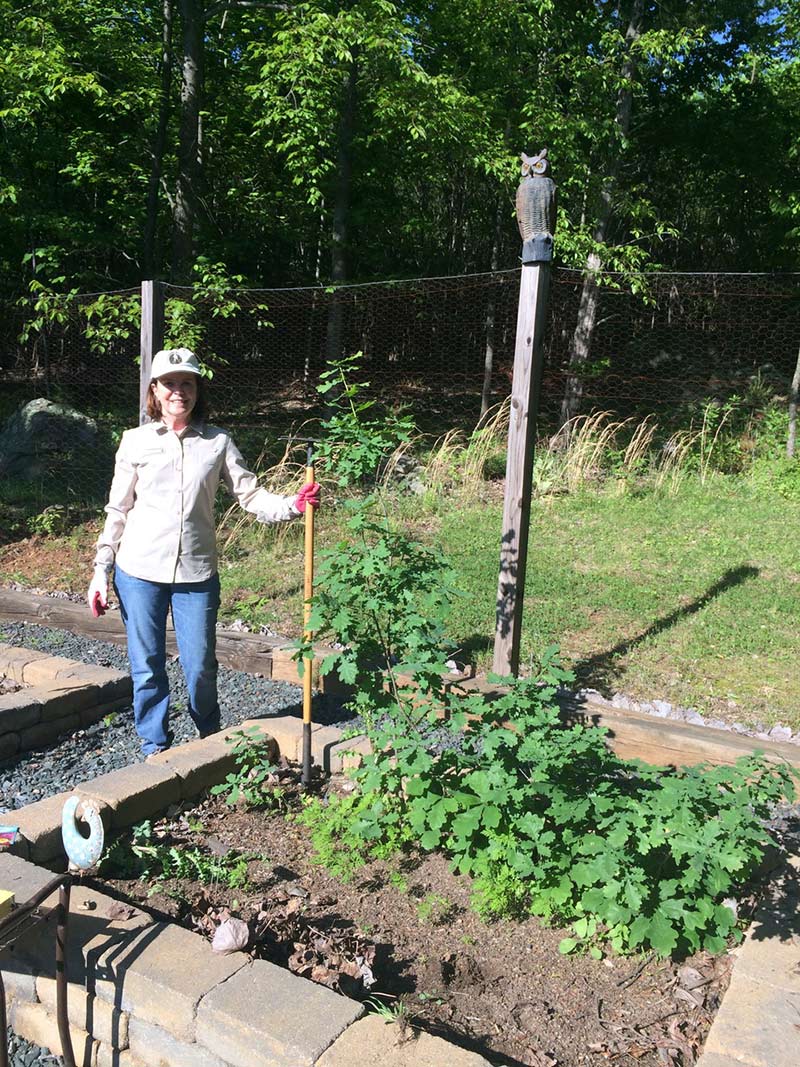
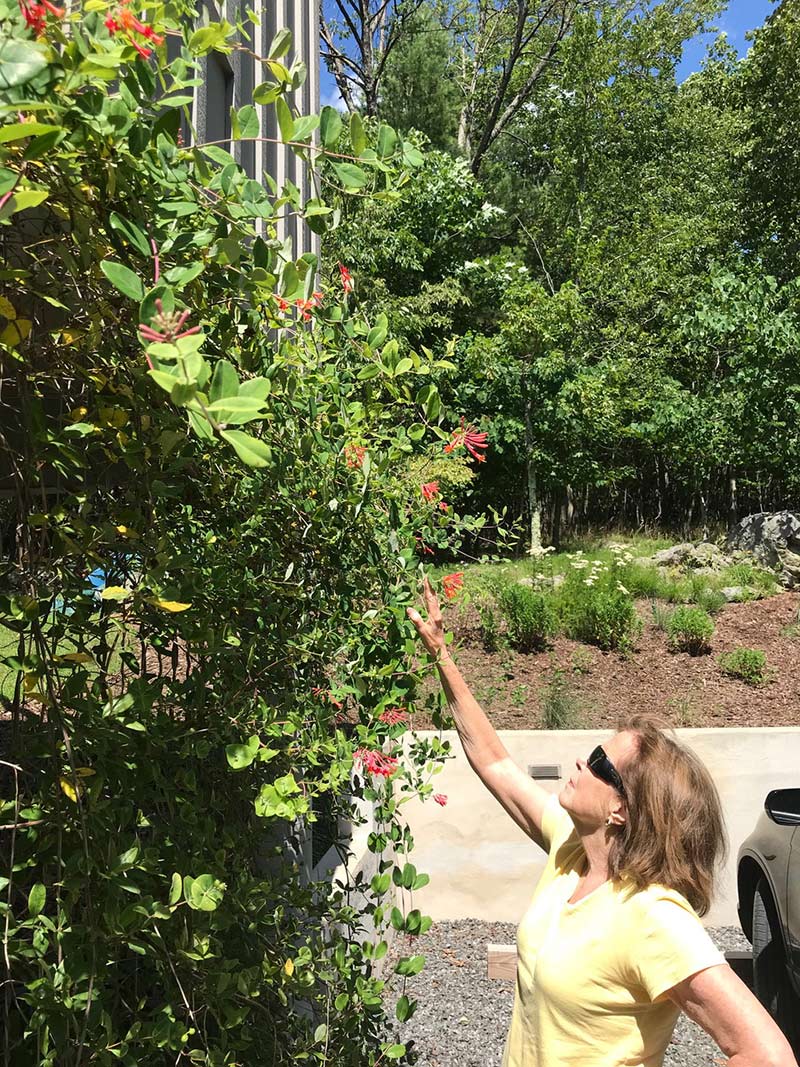
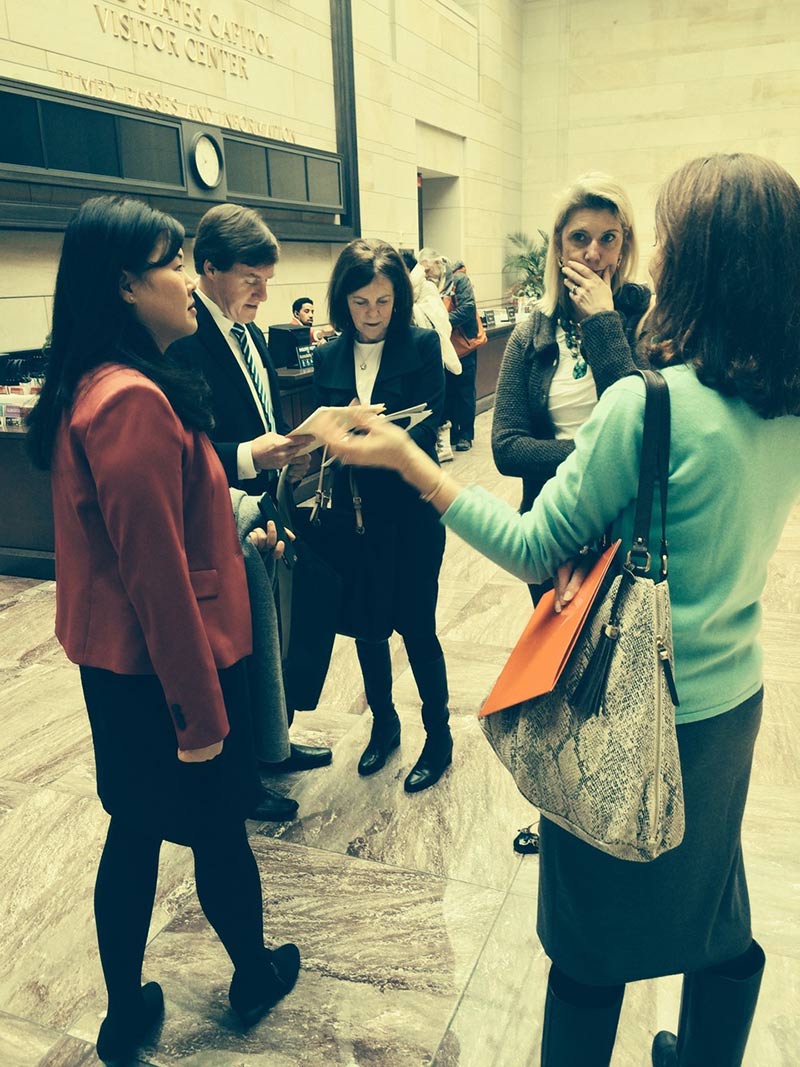
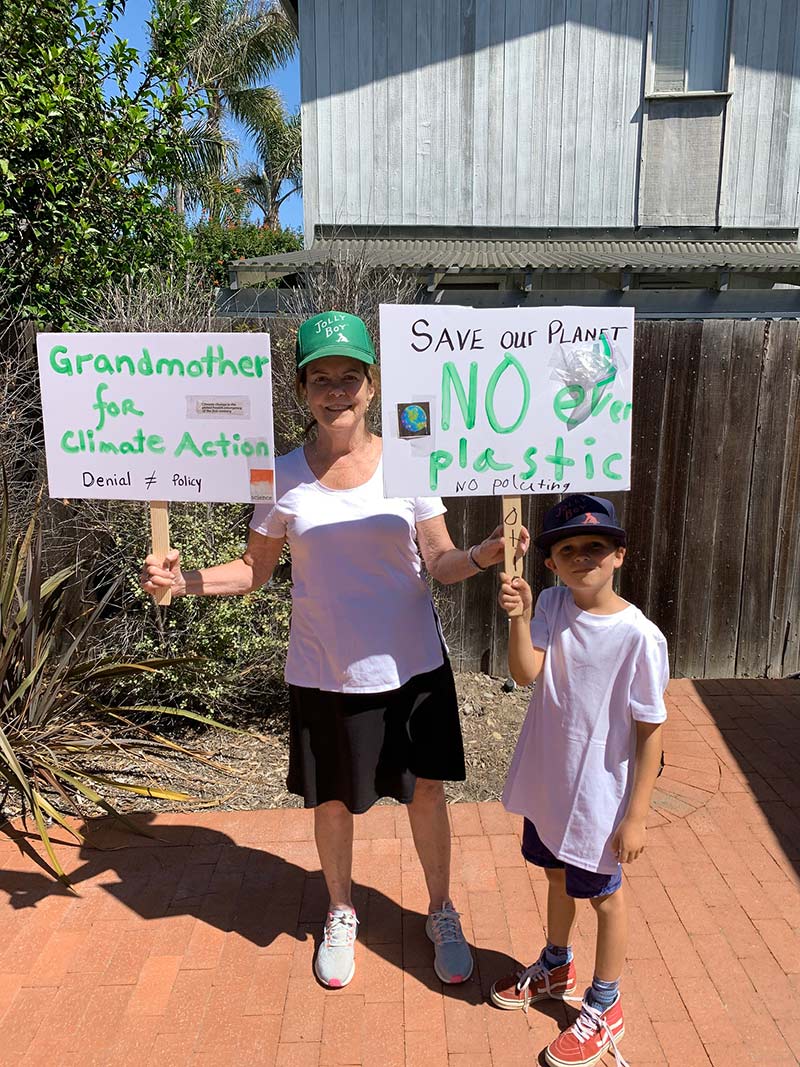
-
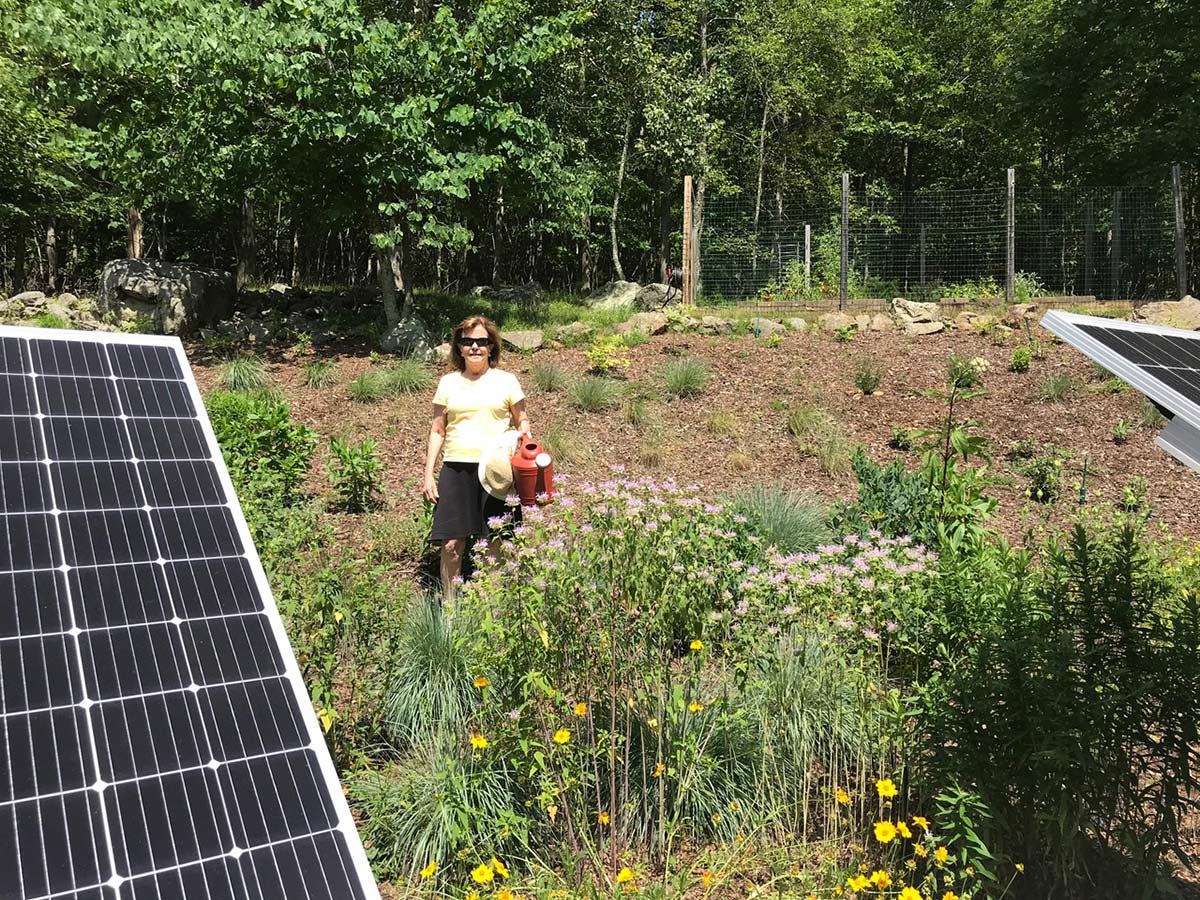
Lindsay’s environmental ethos is neatly represented in her garden, where a pollinator garden is tucked between solar panels and she provides her plants water collected from a rain barrel. -
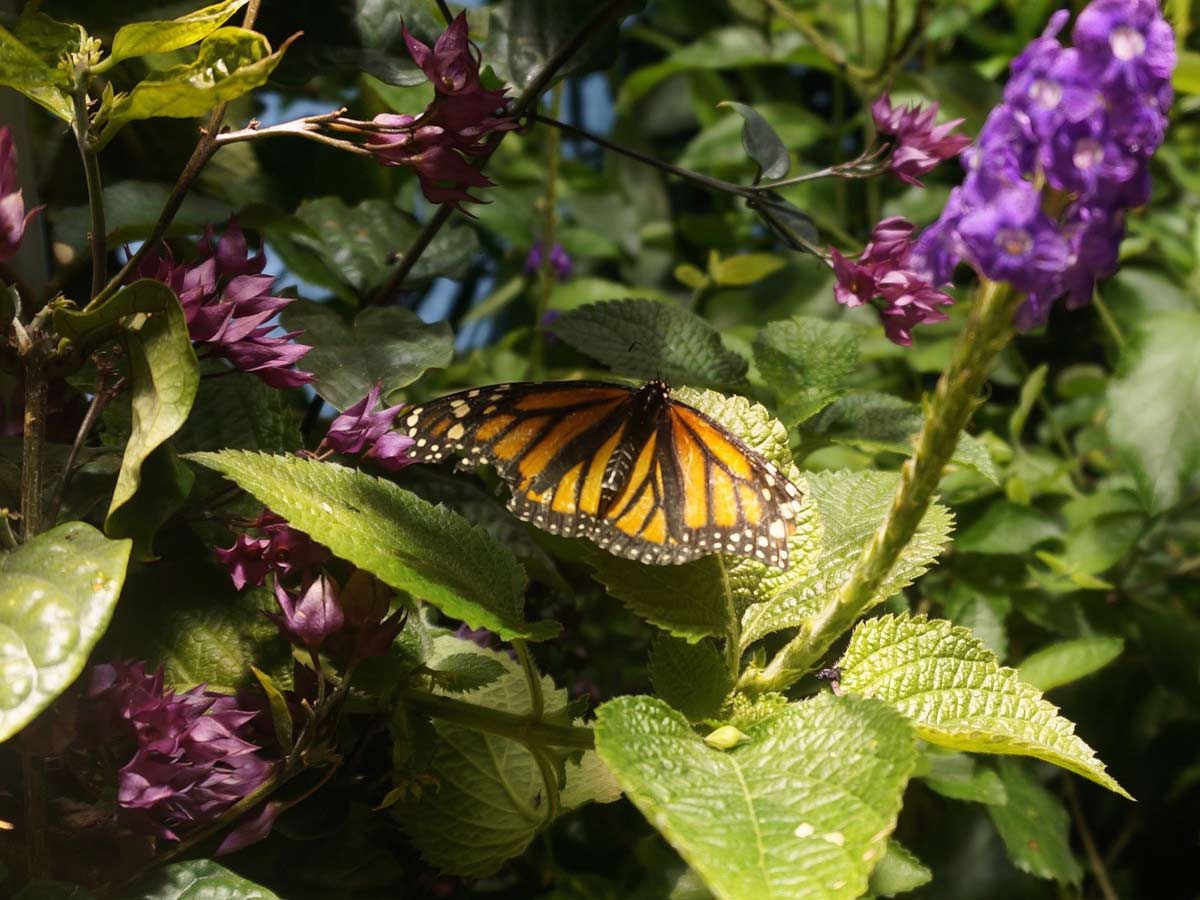
Lindsay takes pride in her gardening, her pollinator garden being successful in attracting admiration from monarchs as well as bringing lovely color to her home. -
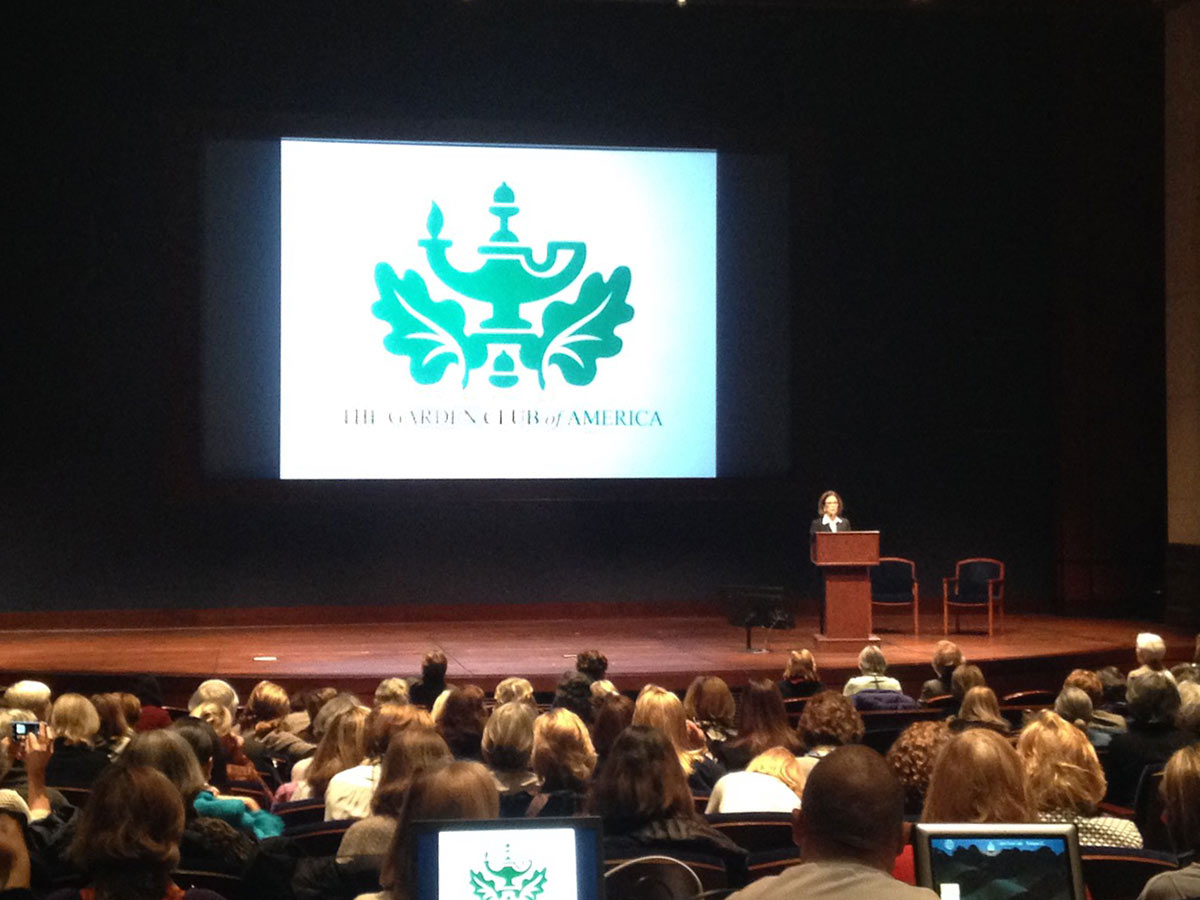
Lindsay has long worked as part of the Garden Club of America national team, as well as being active at the local and regional level. She puts together two meetings for delegates each year in Washington to educate them in the legislation to push.
All photos courtesy of Lindsay Marshall.